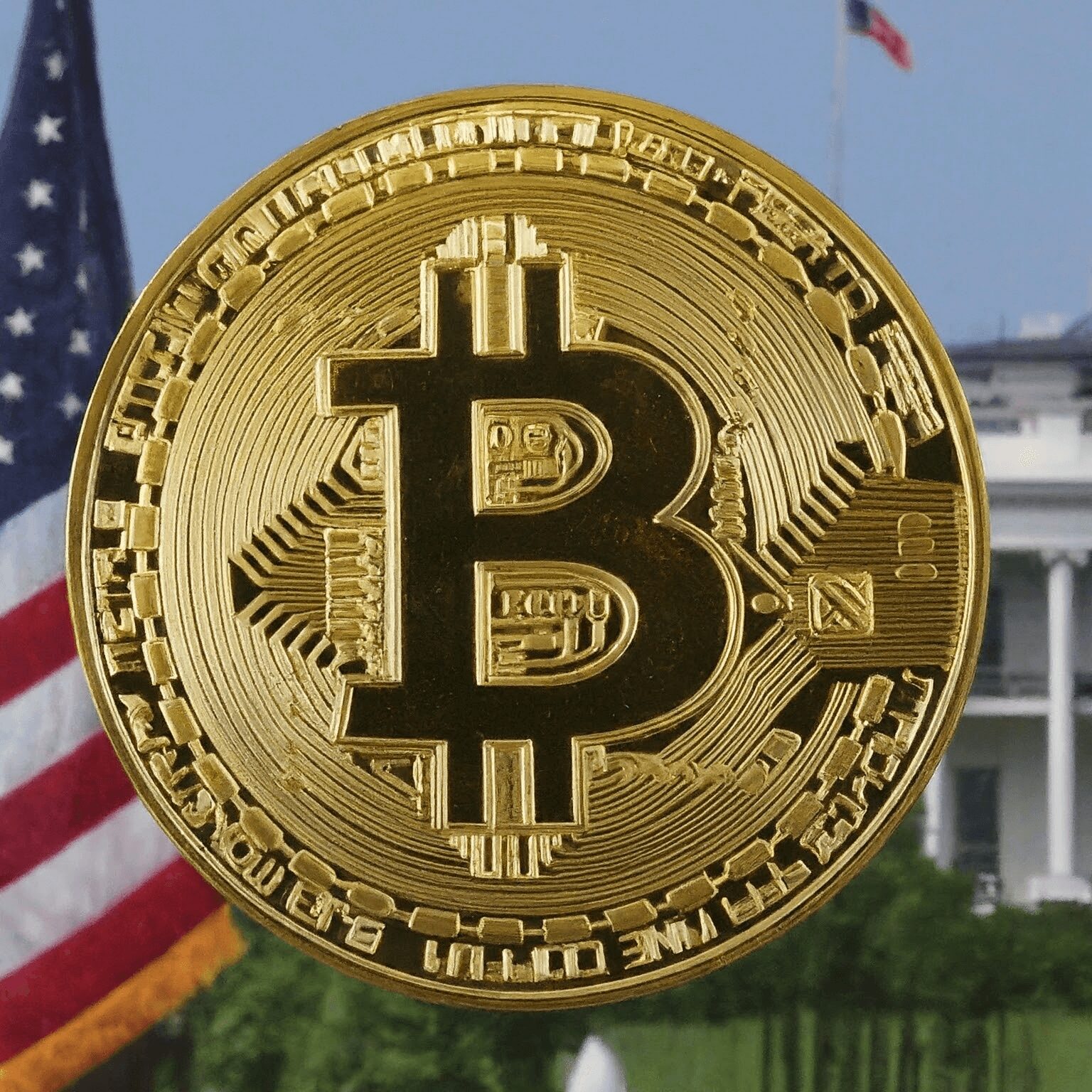The Bitcoin halving, a pre-programmed event written into the Bitcoin protocol, has historically been a significant driver of price increases. With the next halving projected for April 2024, many investors are wondering if this trend will hold true. While the halving undoubtedly plays a role, recent analysis suggests a more nuanced picture is emerging, where the influence of institutional investors and long-term holders may be equally, if not more, important.
Bitcoin’s Historical Halving Effect: A Price Catalyst?
Bitcoin’s halving mechanism cuts the block reward for miners in half roughly every four years. This inherently reduces the rate at which new Bitcoins enter circulation, impacting supply and demand dynamics. Historically, this event has been followed by significant price increases:
- 2012 Halving: Following the first halving in November 2012, Bitcoin’s price skyrocketed by a staggering 8,000% within the subsequent year.
- 2016 Halving: The 2016 halving saw another price surge, this time by nearly 1,000% in the year that followed.
- 2020 Halving: The most recent halving in May 2020 ushered in a bull market that culminated in a new all-time high of roughly $69,000 in November 2021.
This historical trend has ingrained the notion that the halving is a guaranteed price accelerator for Bitcoin. However, the market landscape is constantly evolving, and new factors are emerging that may influence future price movements.
The Rise of American ETFs: A Potential Game Changer
According to on-chain analytics firm Glassnode, the impact of Exchange Traded Funds (ETFs) on Bitcoin’s supply and demand might be surpassing the influence of the halving itself, particularly in the American market.
ETFs offer a regulated and accessible way for institutional investors to enter the cryptocurrency market. The approval of the first Bitcoin ETF in the US in October 2021 marked a significant milestone, attracting a wave of institutional capital.
Glassnode’s analysis suggests that these ETF purchases have a more substantial impact on Bitcoin’s available supply than the halving itself. This is because a significant portion of the Bitcoins acquired by ETFs are likely held in cold storage, effectively removing them from the circulating supply and potentially driving up the price.

Table 1: Historical Halving Dates and Subsequent Price Increases
| Halving Date | Pre-Halving Price (USD) | Post-Halving Price Increase (1 Year) |
|---|---|---|
| November 28, 2012 | $13.41 | 8,000% |
| July 9, 2016 | $650 | 970% |
| May 11, 2020 | $8,000 | 763% (reached all-time high of $69,000 in November 2021) |
The Power of Long-Term Holders: A Force to Be Reckoned With
Another factor gaining traction is the influence of long-term holders, often referred to as “HODLers” (a play on the misspelling of “hold”). These investors, who choose to hold onto their Bitcoins for extended periods, can significantly impact supply dynamics. When a large number of HODLers choose not to sell their coins, it reduces the available circulating supply, potentially pushing the price upwards.
On-chain analytics can track the behavior of long-term holders, providing valuable insights into market sentiment. Analyzing the movement of Bitcoins on the blockchain can reveal whether HODLers are accumulating or distributing their holdings, which can offer clues about potential future price movements.
So, Will the 2024 Halving Reign Supreme?
The answer is not a simple yes or no. The halving undoubtedly plays a role in reducing Bitcoin’s supply, which could contribute to a price increase. However, the dynamics are becoming more nuanced. The influence of American ETFs and the behavior of long-term holders are emerging as potentially more significant factors in determining Bitcoin’s future price trajectory.
Here are some additional questions to consider:
- How will the regulatory landscape for cryptocurrencies evolve in the coming years? Regulatory clarity and approval of more ETFs could further drive institutional investment in Bitcoin.
- What is the overall market sentiment towards riskier assets like Bitcoin? Macroeconomic factors and investor risk appetite will also play a role in price movements.
- Will technological advancements make Bitcoin mining more efficient?

Navigating the New Landscape: Strategies for the Upcoming Halving
While the traditional narrative of the halving as the sole price driver might be evolving, it still presents an opportunity for investors. Here’s how you can approach the upcoming halving in April 2024:
1. Consider a Balanced Viewpoint:
Acknowledge the historical impact of the halving on price but recognize the growing influence of ETFs and long-term holders. Conduct your own research, analyze market trends, and factor in potential regulatory changes and broader economic conditions.
2. Monitor Institutional Activity:
Keep an eye on ETF inflows and outflows. Increased ETF purchases can signal growing institutional interest, potentially pushing the price up. Conversely, significant ETF selling could indicate a bearish sentiment and downward pressure on the price.
3. Track On-Chain Analytics:
Utilize on-chain analytics tools to monitor the behavior of long-term holders. If HODLers are accumulating coins and taking them off exchanges, it suggests a potential supply squeeze and a bullish outlook. Conversely, if they are distributing their holdings, it could indicate a sell-off and downward price movement.
4. Diversify Your Portfolio:
Don’t base your entire investment strategy solely on the halving. Bitcoin is a volatile asset, so consider diversifying your portfolio with other cryptocurrencies or traditional assets to manage risk.
5. Develop a Long-Term Investment Strategy:
The halving’s impact might not be immediate. Consider Bitcoin as a long-term investment and focus on building a sustainable portfolio. Short-term price fluctuations are inevitable, but a long-term perspective can help weather market volatility.
FAQ on the Bitcoin Halving
Q: What is the exact date of the next Bitcoin halving?
A: The exact date cannot be predicted with certainty as it depends on the rate at which new blocks are mined. However, it is estimated to occur around April 2024.
Q: Will the price of Bitcoin definitely increase after the halving?
A: There is no guarantee. While the halving historically has been followed by price increases, other factors like institutional activity, regulations, and broader market sentiment will also play a role.
Q: Is it too late to invest in Bitcoin before the halving?
A: This depends on your investment goals and risk tolerance. There’s no guarantee the price will rise significantly after the halving. Conduct your own research and develop a well-defined investment strategy.
Q: Where can I find reliable information about the Bitcoin halving?
A: Reputable cryptocurrency news websites, on-chain analytics platforms, and research reports from established financial institutions can provide valuable insights.
By understanding the evolving landscape surrounding the halving and employing a strategic approach, investors can navigate the upcoming event with greater confidence. Remember, the halving is just one piece of the puzzle. A comprehensive understanding of market forces and a long-term perspective are crucial for success in the dynamic world of cryptocurrency.



